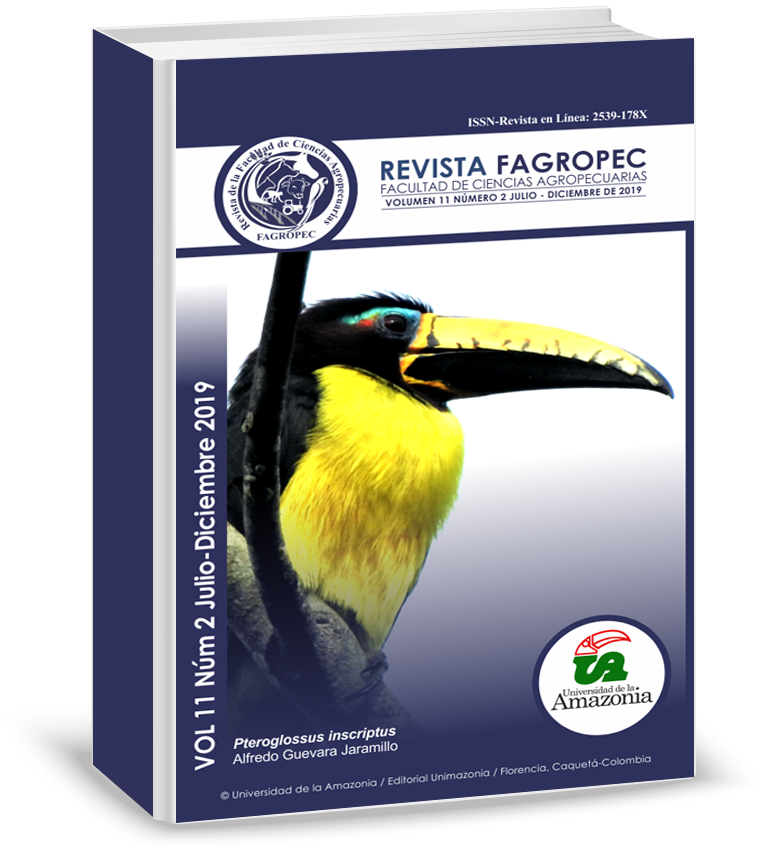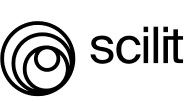Agronomic and productive behavior of tithonia diversifolia in the high tropics under two fertilization schemes
DOI:
https://doi.org/10.47847/fagropec.v11n2a1Keywords:
Fertilization, Dry matter, Tithonia diversifolia, Agronomic variablesAbstract
In Colombia, Tithonia diversifolia is one of the most important forage resources in animal feed, especially in specialized dairies and dual-purpose livestock, thanks to its adaptation to a variety of climates, its productivity and nutritional value. The objective of the present investigation was to evaluate the agronomic and productive behavior of Tithonia diversifolia under two fertilization schemes. The study was carried out at the CISVEB Plant Health and Bio-input Research Center belonging to the University of Pamplona. For this, 50 plants were established for each treatment: chemical fertilization, organic fertilization and control under a randomized design after soil analysis and application of corrective measures. For the evaluation of the agronomic and productive variables of plant height, number of stems, number of leaves, weight of stem, weight of leaf, relation leaf - stem, leaf area and dry matter production, descriptive statistical tests were applied, analysis of variance and analysis of separation of means using the Tukey test with a significance of 5%. Statistically significant difference p <0.05 was presented for the variables of height, number of leaves and number of stems, with chemical fertilization being the best treatment, while leaf area was higher in organic fertilization. Similar behavior was obtained for the other variables. It is concluded that chemical fertilization influences some agronomic parameters of T. diversifolia.
Downloads
Downloads
Published
Issue
Section
License

This work is licensed under a Creative Commons Attribution-NonCommercial-ShareAlike 4.0 International License.
























